
I used to get confused about which way to tighten or loosen nuts and bolts, especially if the threads were out of sight (say, the nut on a fan-housing bracket inside a piece of ductwork). Then I learned the right-hand rule. It works for standard threads, where you turn clockwise to tighten and counterclockwise to loosen. First, point your right thumb in the direction you want the nut or bolt to travel. Now curl your fingers into a fist. Turn the nut or bolt in the direction indicated by the bend of your fingers from hand to fingertip, and the nut or bolt will travel in the direction your thumb is pointing.
Hugh H. G. Symonds, New Vernon, NJ
Edited and Illustrated by Charles Miller
From Fine Homebuilding #102






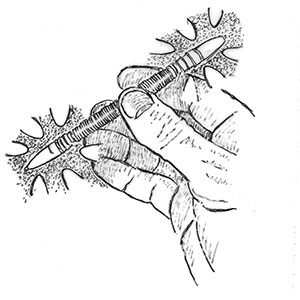

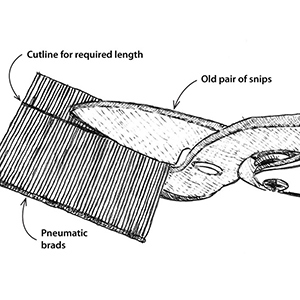
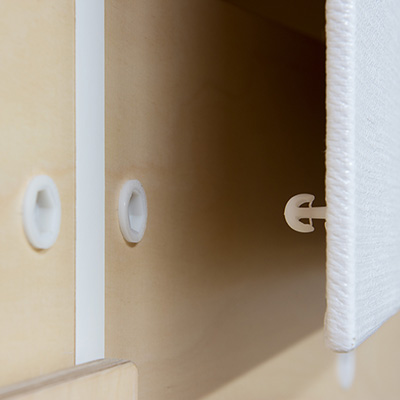




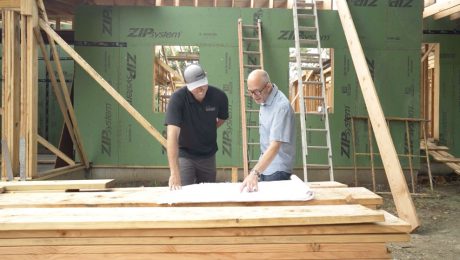
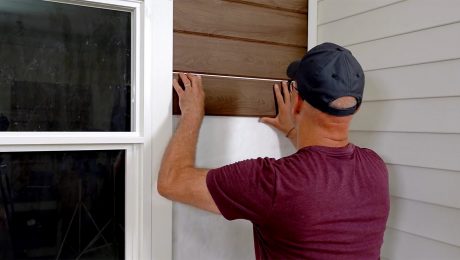

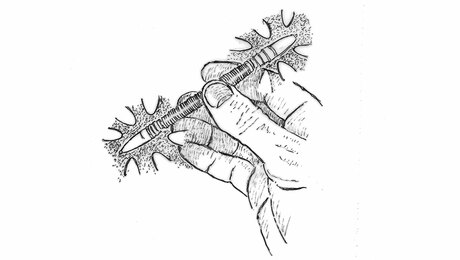
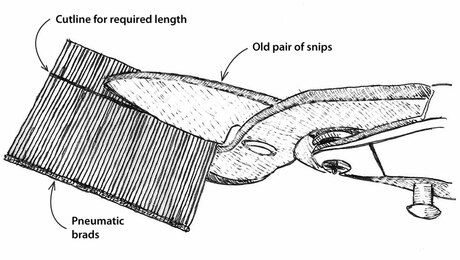










View Comments
I think I learned "rightie-tightie, leftie-loosie" when I was about 7 years old.
WOW, if I'd had to remember that rule, I'd never learnt to screw on or off a nut. I get confused just reading it! Now...I got to get it out of my head!
I've worked with high school kids who use the goofy "rightie-tightie, leftie-loosie" (Why do you need the "ie" at the end?) and they can only figure out how to put a nut on a bolt whose threaded end is facing them. If is pointing away (or up, down, left, or right), they try to use the "rightie" rule, they can't figure out what to do.
When I show them the right hand rule (explained better than in the tip up above), after a bit of practice, they can always succeed no matter which way the bolt points.
If they take a physics, or mechanical or electrical engineering class, they will find they will use the right hand rule again.
Oh boy. What would these people do with left handed threads such as those encountered on many circular saws and miter saws which must be navigated properly in order to change blades? I usually try and stay out of the trash talking comments, but come on! If you need this tip, you should not be anywhere near homebuilding, fine or otherwise!